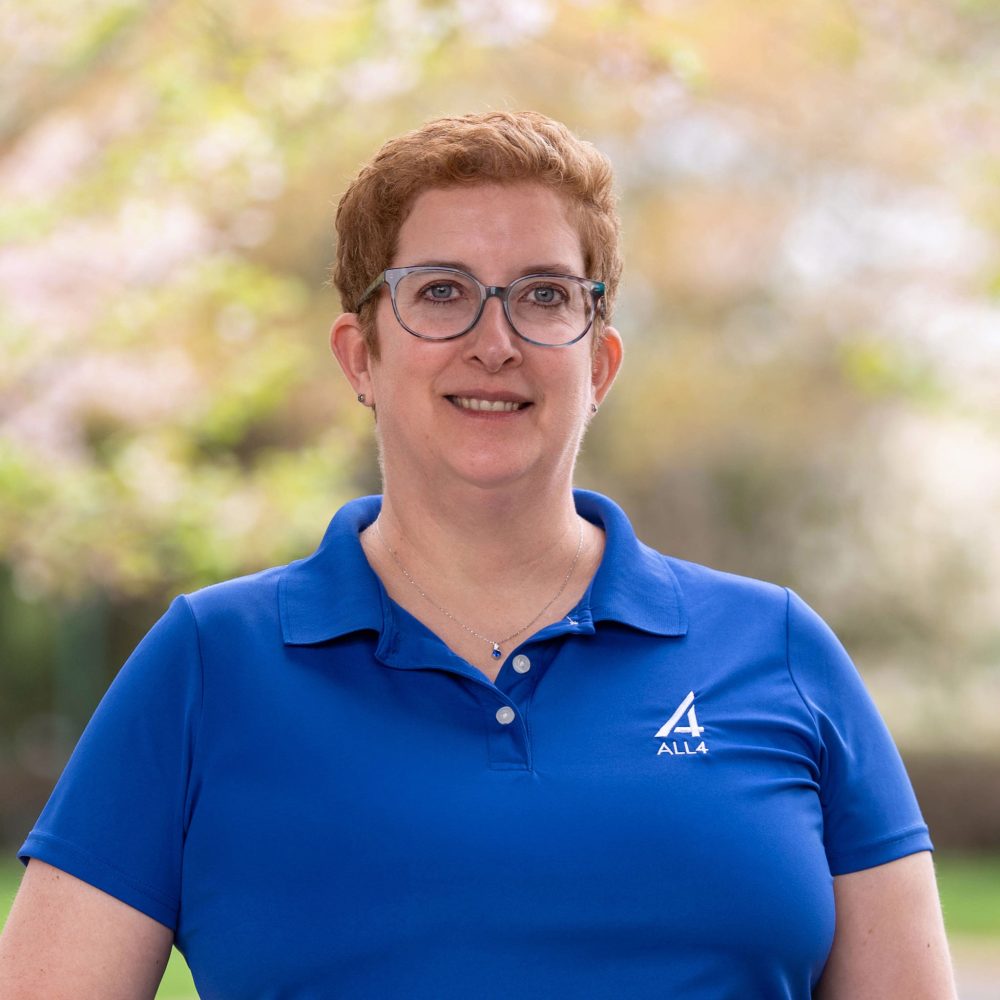U.S. EPA is Lifting the Stay on Formaldehyde Limits for New Gas Turbines at Major Sources
Posted: March 8th, 2022
Authors: Amy M.
The National Emission Standards for Hazardous Air Pollutants (NESHAP) for Stationary Combustion Turbines was originally promulgated in 2004 at 40 CFR Part 63, Subpart YYYY. The rule covers stationary combustion turbines located at major sources of hazardous air pollutants (HAP) but currently only limits formaldehyde emissions from new or reconstructed lean premix and diffusion flame oil-fired units. The formaldehyde emissions limits for new or reconstructed lean premix and diffusion flame gas-fired units were stayed in 2004 after U.S. EPA received a petition to delist gas turbines from regulation under 40 CFR Part 63. U.S. EPA never finalized a decision to delist gas turbines due to a court decision in 2007[1] that addressed limits on their ability to delist subcategories. The stay was later brought into question when U.S. EPA proposed its risk and technology review (RTR) for the source category in 2019, but the 2020 final RTR rule kept the stay in place because U.S. EPA received an updated petition from multiple industry associations to delist the entire source category. However, as a result of a Sierra Club petition for review of the 2020 rule and because U.S. EPA’s own risk analysis performed for the RTR did not show that the cancer risk from the source category was less than 1 in 1 million, U.S. EPA signed an amendment to the rule on February 28, 2022 that removes the stay of the formaldehyde limit for lean premix and diffusion flame gas-fired units that were constructed or reconstructed after January 14, 2003.
What is the Impact of this Change?
Although U.S. EPA is still reviewing the 2020 delisting petition and could propose to grant the petition at some point, it would have to take public comment and then finalize a rule, which could take years and be the subject of legal action by stakeholders on both sides of the issue. In the meantime, major HAP sources with lean premix and diffusion flame gas-fired units that were constructed or reconstructed after January 14, 2003 must demonstrate compliance with the 91 parts per billion (ppb) formaldehyde emissions limit in Table 1 of the NESHAP within 180 days of publication of the amended rule in the Federal Register (which could happen this month). Because this limit applies to new sources and not existing sources, there is no three-year compliance window. U.S. EPA states in the preamble to the rule that turbine owners were “on notice that the stay was at risk” and has ignored requests to extend the compliance window. U.S. EPA estimates approximately 250 gas-fired stationary combustion turbines will be subject to the 91 ppb formaldehyde limit and that only a few of the affected units are equipped with oxidation catalyst control technology.
What Happens Now?
U.S. EPA will likely receive a petition for review of the rule within 60 days of its publication in the Federal Register. However, the rule is likely to go into effect with the 180-day deadline for subject facilities to demonstrate compliance. Facilities with gas turbines subject to the restored standards will need to determine if their current configuration allows them to meet the limit, if they haven’t already. If stack testing shows emissions are above the limit, it will likely be necessary to design and install an oxidation catalyst to reduce emissions. If controls are necessary and they have not yet been designed and procured, it will be impossible to install them in the next 180 days. Facilities may have to enter into agreements with their delegated agency and establish a compliance schedule. Even if controls are installed and historical data indicate the unit is in compliance, the 180-day deadline may not provide sufficient time to allow for the hiring and scheduling of a testing contractor and gaining regulatory agency approval of a compliance test protocol. Another alternative is to re-classify the facility as an area source if facility-wide HAP emissions levels are low enough. 40 CFR Part 63, Subpart YYYY does not cover area sources of HAP.
If you need more information or need assistance with permitting or compliance activities for your gas turbine, please contact Amy Marshall at (984) 777-3073.
[1] NRDC v. EPA, 489 F.3d 1364 (D.C. Cir. 2007)

